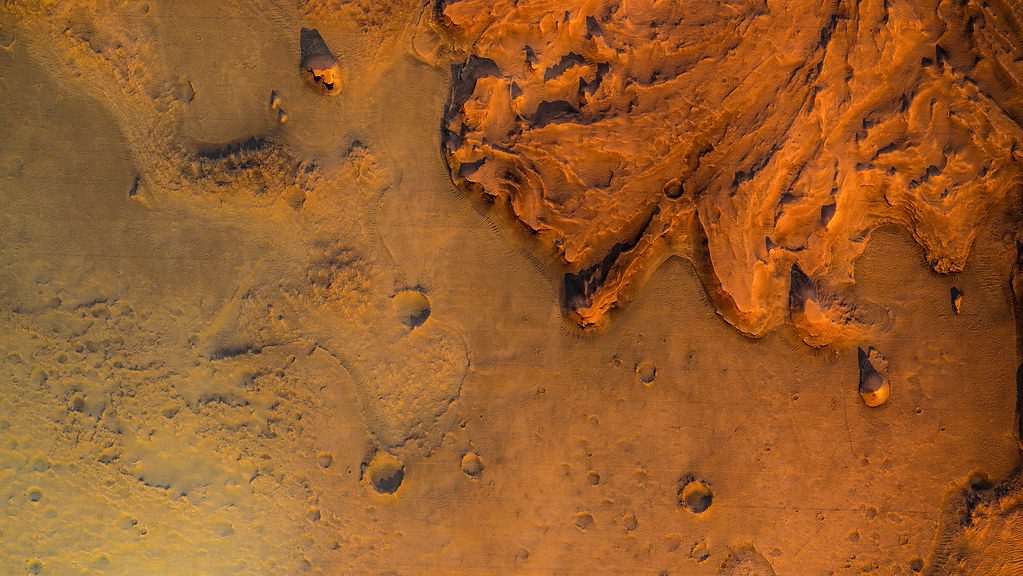NASA is launching a mission to Mars next year, and it may give us some hints about extraterrestrial life on the planet. Scientists are planning to search the Jezero crater in the 2020 Mars Mission.
It was home to a lake nearly 3.4 billion years ago. As of now, it has a major deposit of hydrated silica and carbonates. The new findings on the planet will lead to advancements in human life on Mars.
The exploration outcomes

The exploration outcomes
The Rover will begin exploring the Jezero Crater in February 2021. The Crater is a 45 kilometers wide hole in the ground of the planet. The crater has a lot of mineral deposits. Those deposits may be good for preserving microfossils on Earth, studies say.
The CRISM instrument on the Mars Reconnaissance Orbiter of NASA is a great contribution to the task. It has gathered the data about the planet being rich in stuff. Any such fossils will be rich and a few billion years old. A lot of hydrated silica could also be found.
Certain Planetary Scientists Say

NASA 2020 Mars Rover to Find Extraterrestrial Life proofs at Jezero Crater
Brown University’s planetary scientist says, “Having a sample of silica that could have formed in a habitable environment increases our chances of finding well-preserved microfossils if life did exist on the surface of Mars.”
His team went through the data collected by the CRISM, the instrument launched alongside the Orbiter in 2005. He has a team that works with their analytical strategies. Since his work, finding any electromagnetic signals has become easier. So far, they have found two outcrops of Silica deposits in the Crater.
Planetary Scientist of Purdue University, Briony Horgan says, “These are big enough that they would make a clear target for the rover.” She believes these findings will help us locate stromatolites, macroscopic mounds made of layers of microbes and carbonates.
Another paper from 12th November says carbonates are sitting in the “bathtub ring” of Jezero. These carbonates in the inner rim may be ancient lake deposits. The area might be home for extraterrestrial and Martian life earlier.
Conclusion
NASA’s Mars 2020 Rover may be able to detect the when, where and how these deposits were formed in the Crater. The SHERLOC instrument is designed to look for signs of extraterrestrial life.
It is a spectrometer that has UV laser light to identify organic chemicals. The rover will study minerals in the first two years. It will also explore at the locations the minerals could be found.
There are chances that the rover somehow fails to identify these minerals and its relations with the earlier life forms. If this happens, it will safely secure samples and return back to Earth. Scientists expect those samples will contain deposits of carbonates and hydrated silica.



